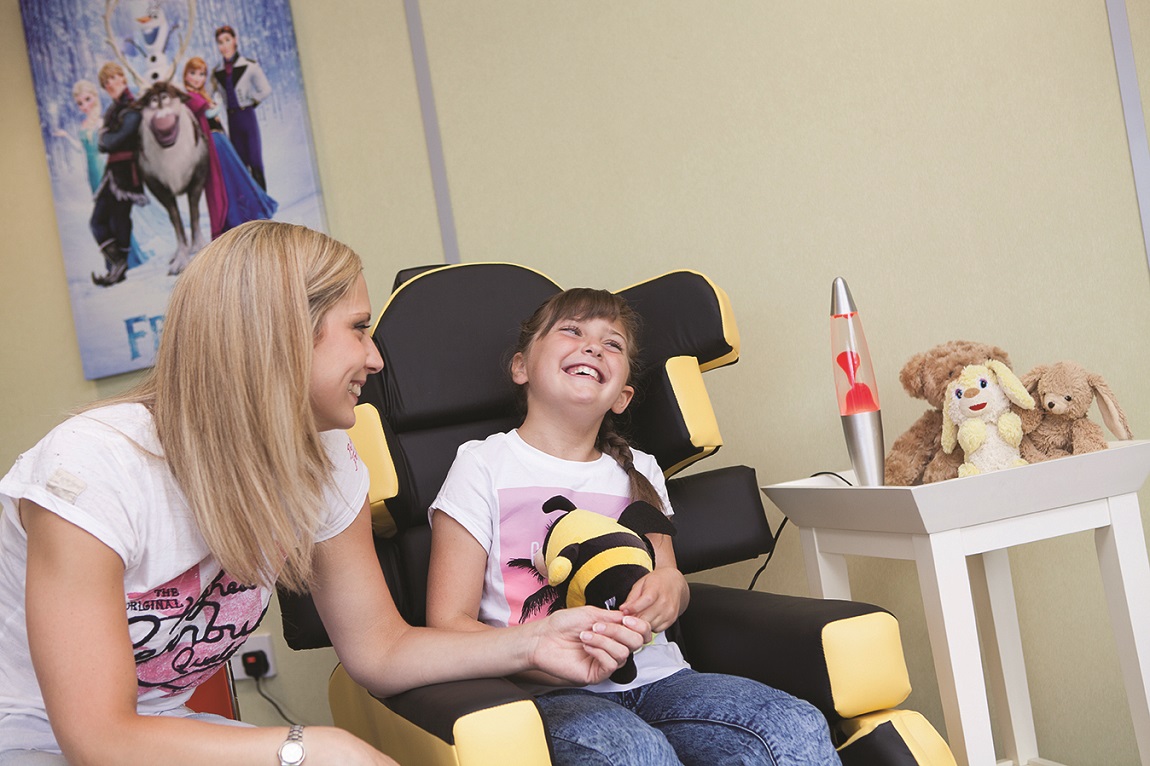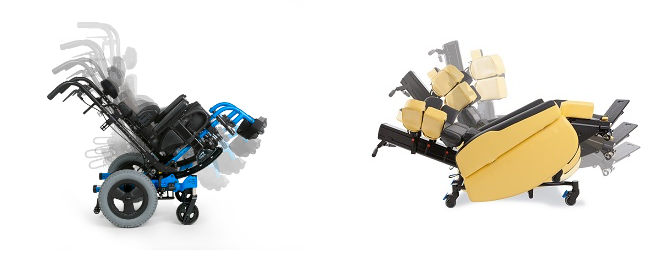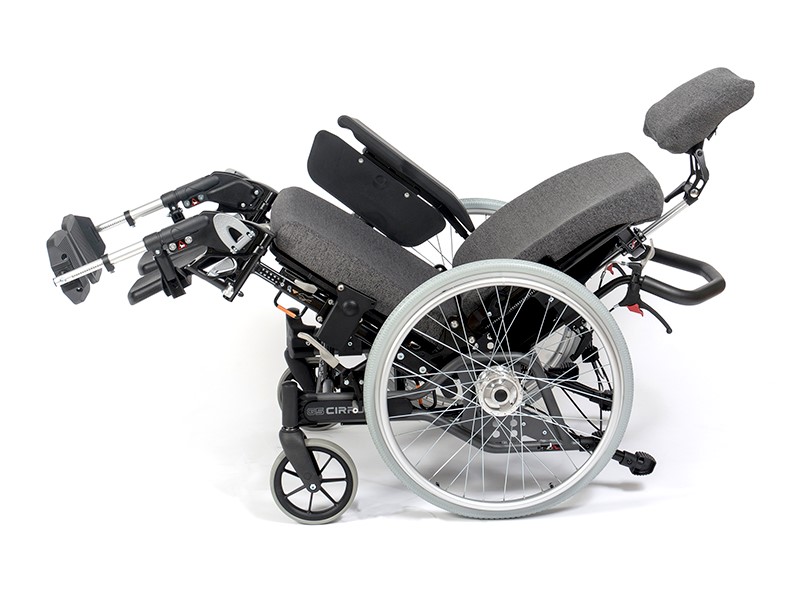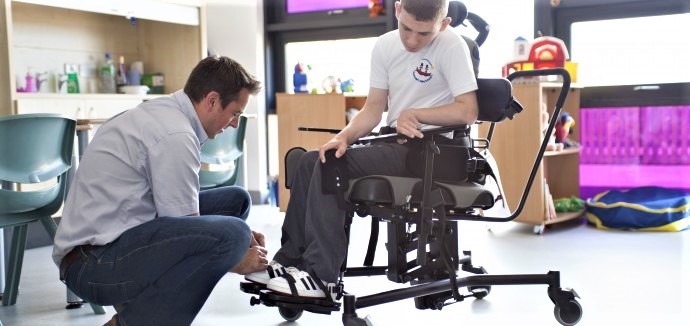A Guide to Choosing Tilt & Recline Equipment

A common question when prescribing a wheelchair base and seating system is – do I require tilt? Or recline? Or both - tilt and recline? - to be fitted to my chair? There are many factors that need to be considered when choosing a mobility system and seating system. Choosing between systems that tilt or recline may be complex and confusing so here are few guidelines that may help. However, personal consultation with an experienced therapist will ensure the correct evaluation and suitability of tilt or recline seating systems.
There are clinical benefits associated with tilt and recline options which offer a change of position for people who cannot independently shift their body weight. This may have a direct effect on physical functions, comfort and psychological wellbeing.

What is Tilt?
A Tilt -in-Space seating system provides a change of orientation of the entire seating system. This change is designed to provide pressure relief and redistribution of pressure from one area (eg the buttocks or posterior thighs) to another area (such as the head or trunk). The tilt action of a wheelchair does not change the hip, knee and ankle angles – the user stays in the same seated position, but gets tilted backwards.
Tilt wheelchairs may be chosen for children and adults who require comfort, stability and posture control.

Indications for Tilt
- Pressure relief – distribute pressure to reduce risk of pressure areas, increase comfort and increase sitting tolerance.
- Independent performance of weight shifts.
- Assist with reducing fatigue associated with high muscle tone.
- Allows gravity to assist carers with positioning the client after transfers.
- Allows gravity to assist with repositioning during the day.
- Suitable for most custom and off the shelf seating systems.
- Enables access into low entry vehicles.
Disadvantages of Tilt
- No passive hip range of motion occurs during tilt cycle.
- May limit bladder management/toileting options for some people.May limit bladder management/toileting options for some people.
What is Recline?
A reclining seating system will provide a change in orientation by opening the seat to back angle. The systems backrest will recline from the upright, almost vertical back to almost 90 degrees – almost horizontal. This recline action opens the hips and provides a more comfortable reclining posture. To ensure client comfort, elevating leg rests are almost always prescribed with a recline backrest.

Advantages of Recline
- Full recline allows the largest available seating surface to distribute pressure.
- Provides passive range of motion of the hips and knees during recline cycles.
- Can decrease fatigue associated with high muscle tone.
- May increase sitting tolerance throughout the day.
- Can allow independent performance of weight shifts.
- Can facilitate bladder emptying and allow easier positioning for catheterization.
Disadvantages of Recline
- Must have adequate hip range of motion – both flexion & extension.
- Need to address shear and resulting compromises.
- Not always suitable for custom seating components.
- Sliding may occur. A person may fall out of the chair if the back rest and supports are not in the correct position.
- Consider elevating leg rests to ensure comfort of the client.
Tilt versus Recline
The benefits of both tilt and recline on the same chair may include pressure relief, assist management of spasticity, and increase sitting tolerance Combined tilt and recline leads to better pressure distribution than either seat function on its own. Tilt and recline options should be considered for people who have more complex needs.

Advantages of Tilt & Recline
- A combination of 25°- 45° of tilt and 110° - 150° of recline – may be best for pressure relief
- A combination of 35° tilt with 120° recline for 3 minutes is best for enhancing skin perfusion
- Allows a person to choose pressure relief options and combinations.
- Can promote more comfortable and functional positions while performing activities of daily living.
- Further minimises shear forces associated with recline through initiating pressure relief performance with tilt.
Pain and discomfort are signs that an evaluation is required. This will help determine if tilt or recline options will assist. A MAT Evaluation is advisable as this will identify specific needs and goals required to achieve the optimal outcome. An experienced therapist can help in the decision-making process and ensure an optimal outcome.

References:

